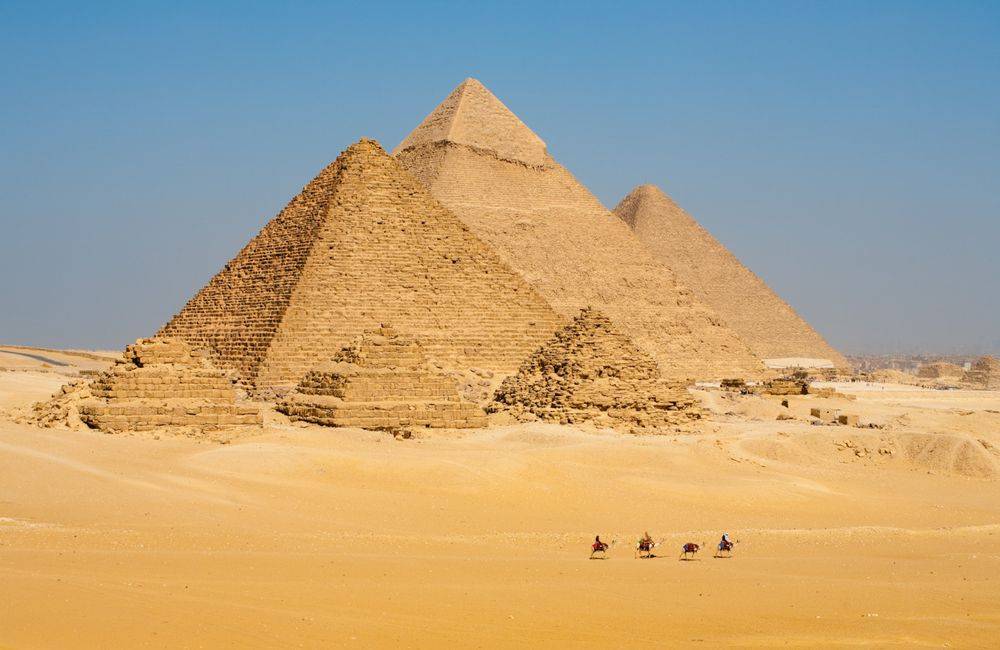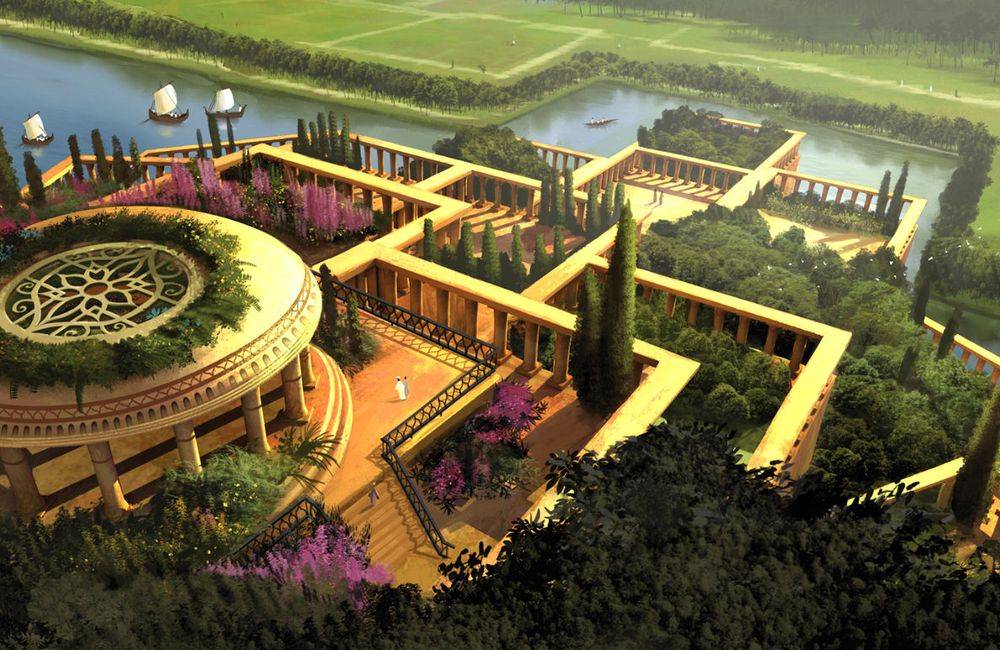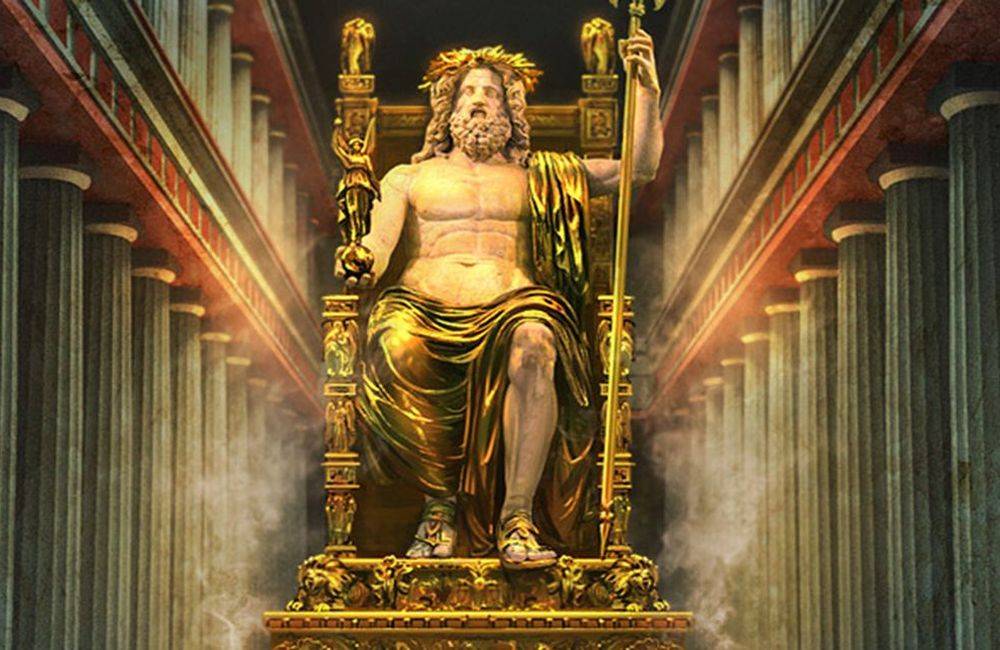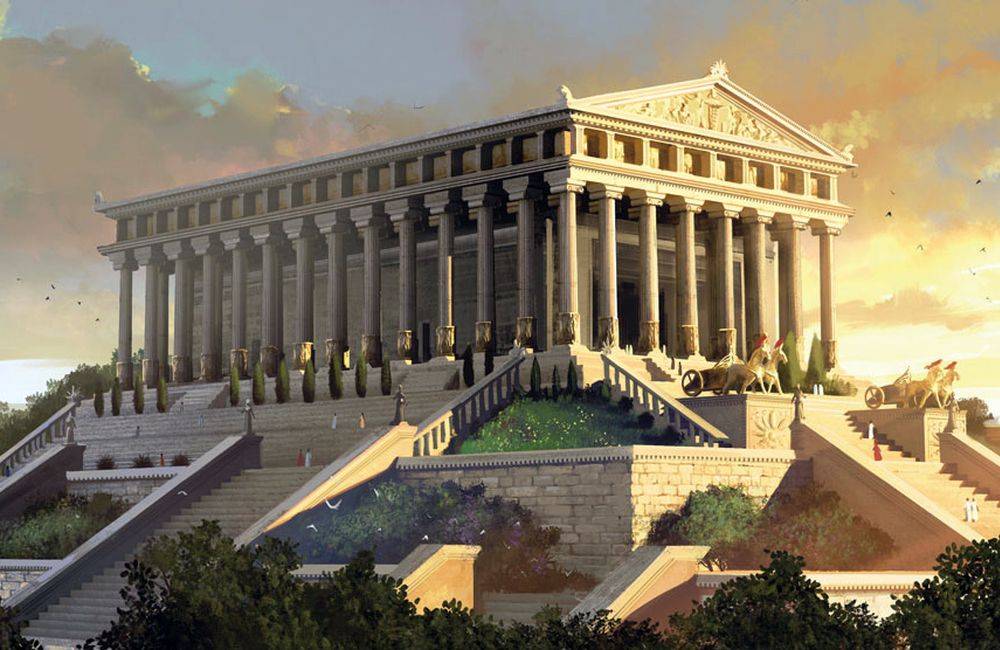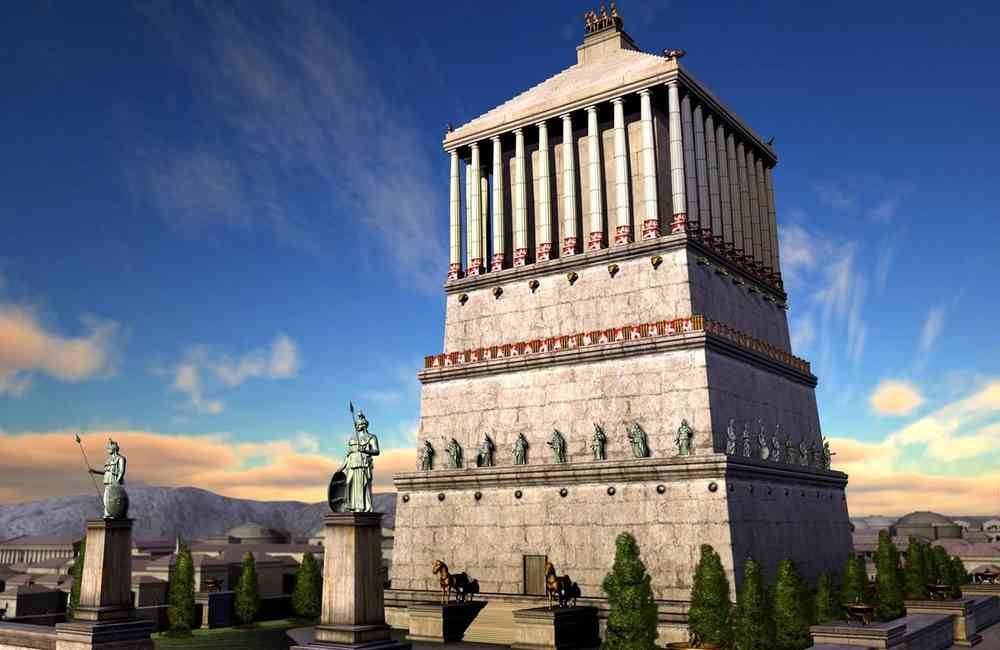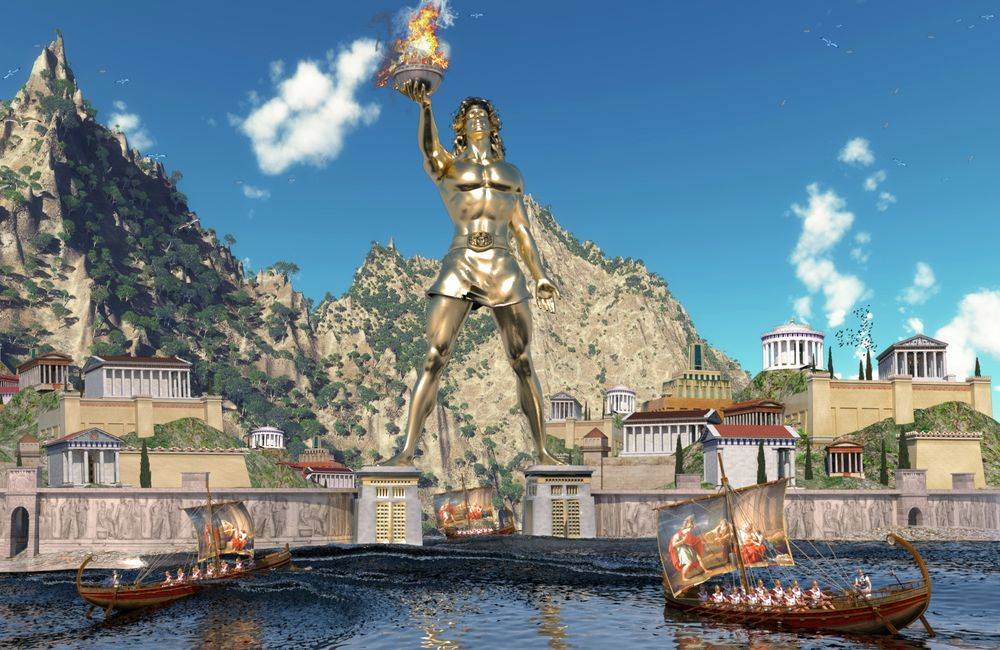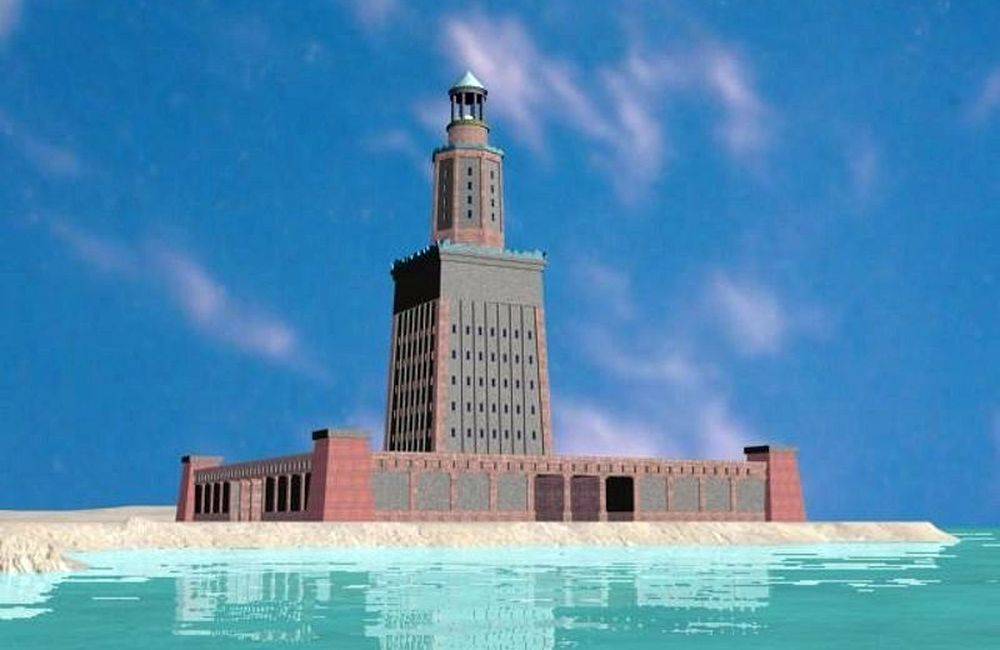The seven wonders of the World are a list of monuments built during Antiquity, at periods varying from the third millennium BC to the third century BC. The monuments quoted are all exceptional in their beauties, their grandeur, or the strong impression they could make during their contemplations. This list comes from a document of the 3rd century BC and was copied in the Middle Ages. The document on which it is based today is the copy which is called the Palatinus 398. It is preserved at the University of Heidelberg, in Germany.
It is time to discover this list now.
| Photos | Names | Locations | Construction | Destruction |
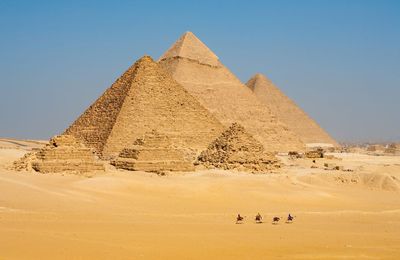
Pyramid of Cheops |
Pyramid of Cheops | Gizeh (Egypte) | -2650 | - |
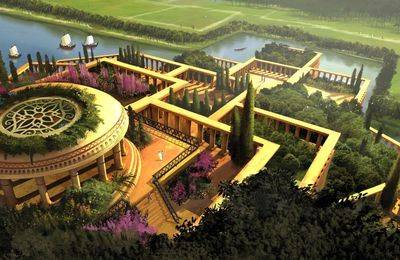
Gardens of Babylon |
Hanging gardens of Babylon | Babylon (Iraq) | VIe century | IIIe century |
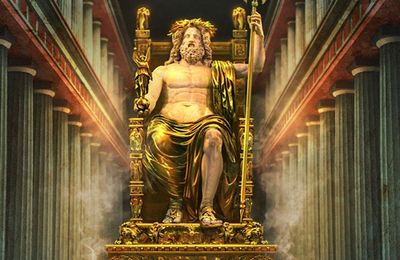
Statue of Zeus |
Statue of Zeus | Athena (Greece) | -437 | 475 |
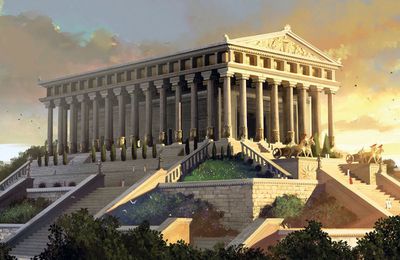
Temple of Artémis |
Temple of Artemis | Ephese (Turkey) | -340 | IVe century |
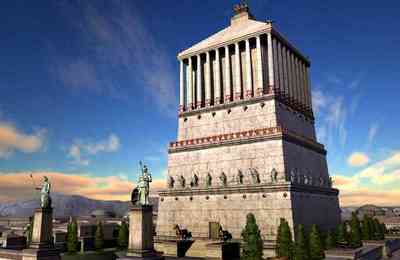
Mausoleum of Halicarnassus |
Mausoleum of Halicarnassus | Bodrum (Turkey) | -350 | IVe century |
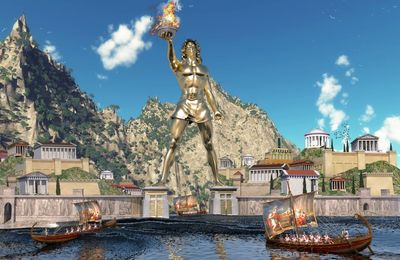
Colossus of Rhodes |
Colossus of Rhodes | Rhodes (Greece) | -303 | -224 |
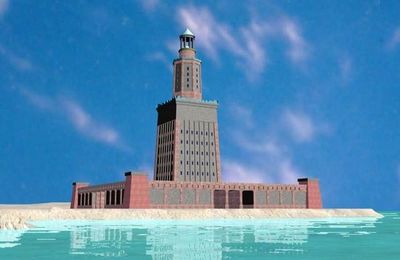
Lighthouse of Alexandria |
Lighthouse of Alexandria | Alexandria (Egypt) | -283 | 1303 |
The origin of this list is subject to caution because the author of this list, known as "canonical", is unknown. It is attributed to Philo of Byzantium but it seems that this character was only the transmitter of an older list, a list many times transformed. Of the 7 wonders on the list some appeared on older lists, made of a number often different according to the people who established them. Thus the Pyramid of Kheops appears several times among the great monuments of the world, while the Lighthouse of Alexandria is almost always absent. Not surprisingly, the first is 3 millennia old and is one of the most imposing ever built on Earth, while the latter is - relatively - recent. Among the ancient authors who have drawn up a list are Antipater de Sidon, a poet who died at the end of the 2nd century BC, Callimachus of Cyrene, a Greek poet of the third century BC and, of course, Herodotus, still older.
Who wrote the list of the seven wonders of the world?
The list of seven wonders of the world was written by a certain Philon de Bysance who lived between the 3rd and 2nd centuries BC, two periods corresponding on the one hand to the end of the construction of the most recent of the wonders of the list, the Colossus of Rhodes, and the death of Antipater, a Greek poet who took up the list in an epigram. Note that in this list the ramparts of Babylon was replaced by the Lighthouse of Alexandria, built later.
This list was preceded by a number of other lists, most of them written by Greek authors. The French archaeologist Jean-Pierre Adam has recorded no less than 19, written in various periods of antiquity. The number of monuments that lie there also vary, and if there are constant, some monuments appear only once. We may mention Herodotus, Diodorus of Sicily, Strabo, Callimachus, Pliny the Elder, Pausanias, & c.
Does it still exist today?
And yes, this list still exists, but it is a copy of the tenth century which was in a monastery of Mount Athos until the fifteenth century. He was taken to the University of Heidelberg, Germany, and then suffered the pangs of history. Taken in 1623 during the wars of religion by the Catholics, the city had to separate itself from the document that lands at the Vatican. Then, a victory of the French revolutionary troops over those of the Holy See allow the French to recover it.
In 1816 the Holy See demanded the text, which caused the University of Heidelberg to react. Finally the French gave it to the Germans. Nowadays he is at the University of Heidelberg. It is known as Palatinus 398.
What does the list look like?
The truth is that this document is a small booklet quite ordinary for the time, in 6 pages. It is entitled "Per tôn hepta theamatôn", which translates as "About the Seven Wonders", and consists of a prologue followed by a description of the 7 wonders. The problem is that the last leaf has been lost, so there is a short - end of the description about the temple of Artemis, and especially all the descriptions of the Mausoleum of Halicarnassus.
This document is written in Punic. It is of an emphatic style, and ordinarily describes each of the seven wonders, without any detail or figure. This is quite normal since it was only a rewriting work on the part of a person who had not actually seen the monuments. Philon de Bysance has never traveled, his list is not a testimony, it's just a compilation of older texts. So we can not really rely on it to get information on these monuments.
Why 7 wonders and not 6 or 8?
We do not really have an explanation of this, but we can see the Greek interest in mathematics since the number 7 is a prime number, so very specific. This number represents a peculiarity, it can be used to designate an exceptional set of elements. It should be noted that the lists prior to Philon's list do not all contain 7 elements, far from it.
Consult the list of the seven wonders of the modern world.





